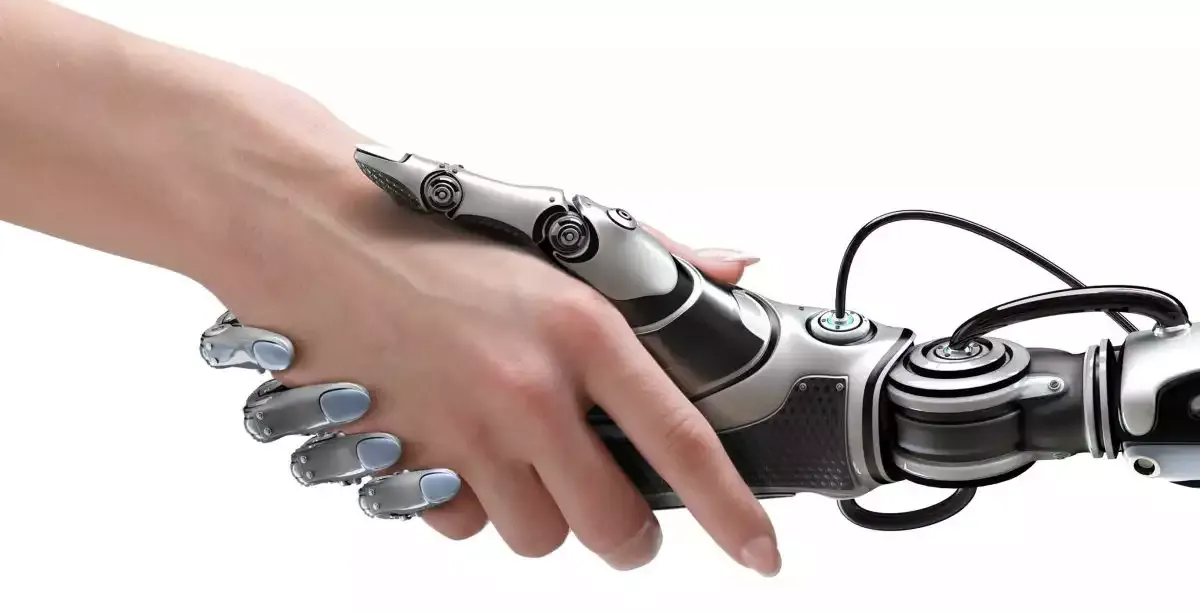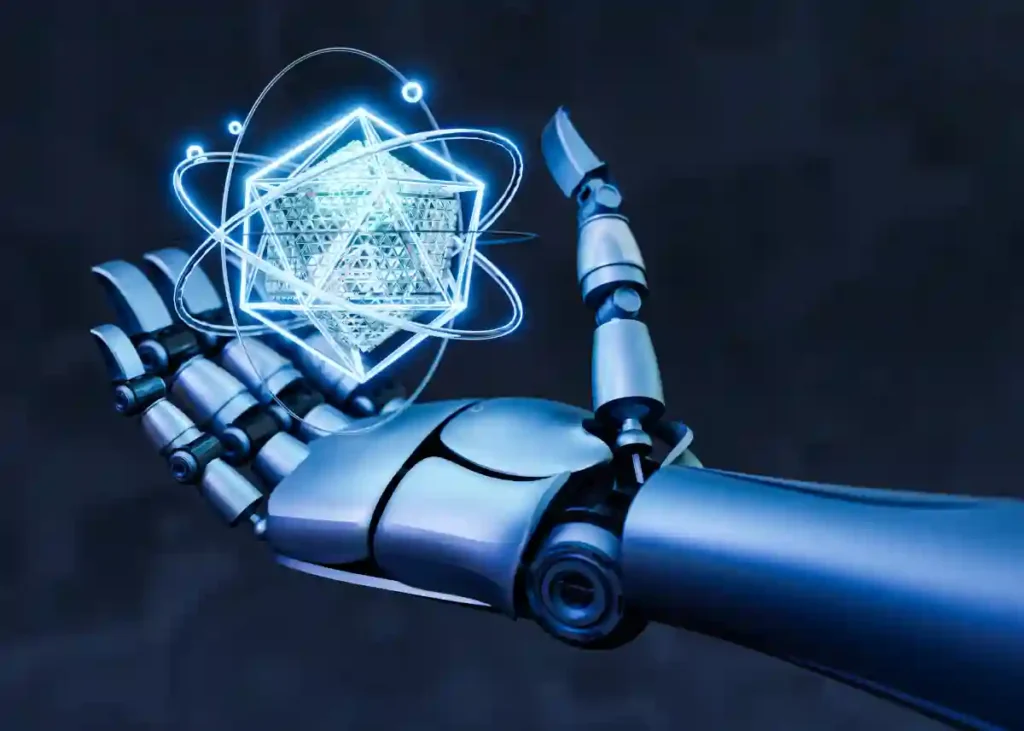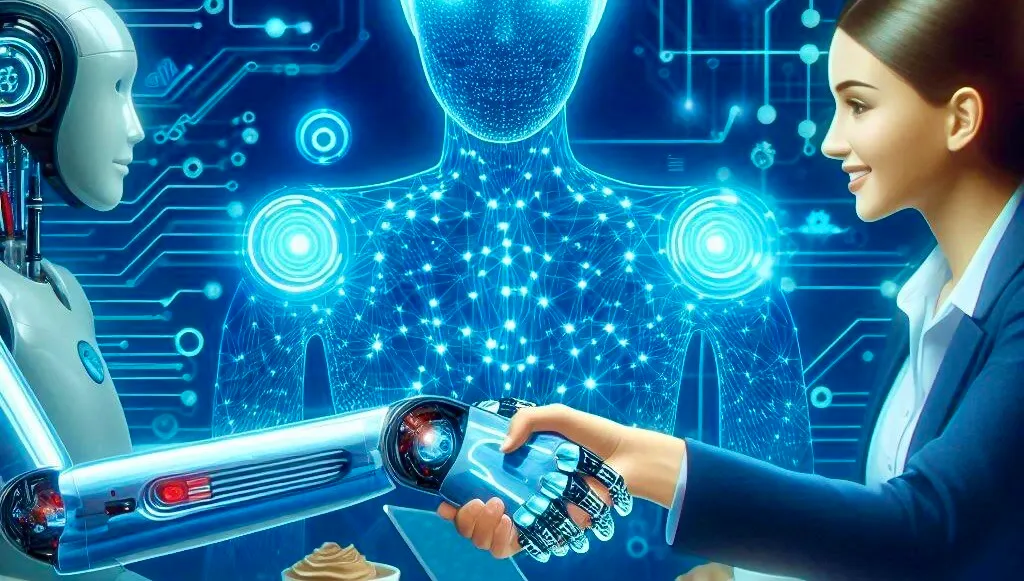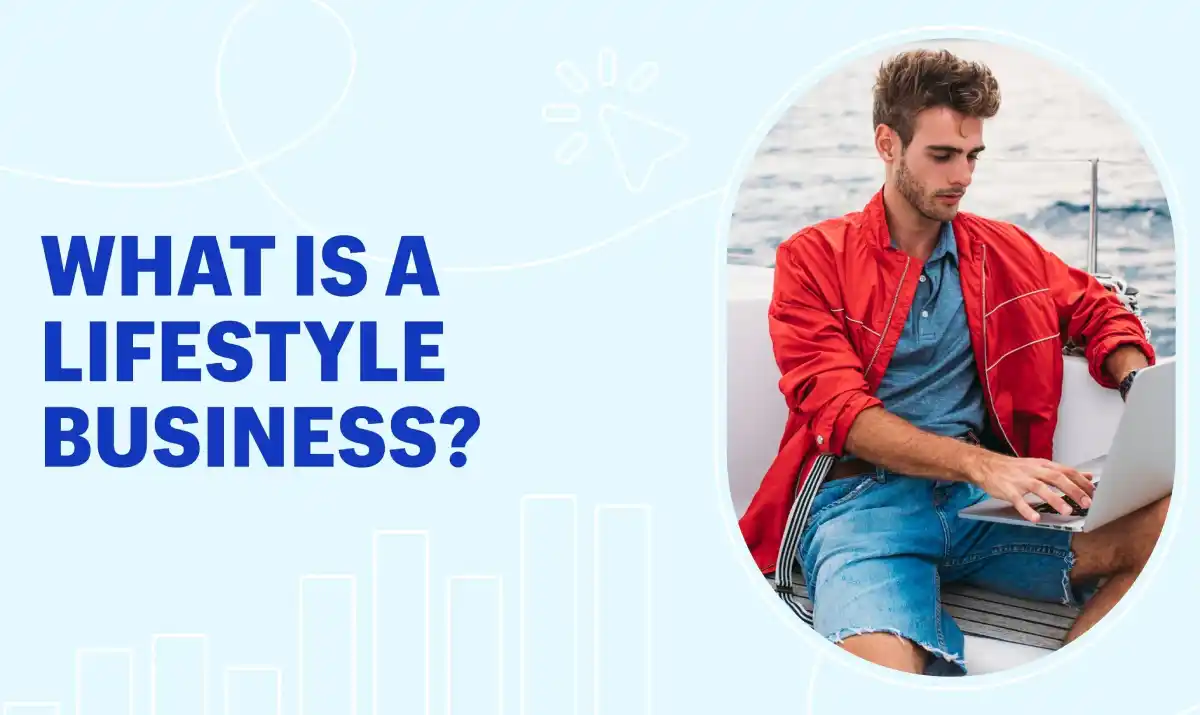Introduction
Artificial Intelligence (AI) has moved far beyond being just a futuristic concept. Today, humans and AI work together in almost every industry, from healthcare to creative arts, transforming how we live and work. Instead of replacing humans, AI acts as a powerful tool that enhances efficiency, decision-making, and creativity. This collaboration is shaping a future where humans and machines complement each other seamlessly.
In this article, we’ll explore 7 ways humans and AI work together to create smarter, faster, and more innovative outcomes while maintaining the unique human touch that technology can’t replicate.

1. Enhancing Healthcare with AI
Human Expertise Meets Machine Precision
Healthcare is one of the most prominent areas where humans and AI work together. AI-powered tools help doctors analyze medical images, predict patient risks, and recommend personalized treatments. For example:
- AI in Diagnostics: Systems like IBM Watson assist in diagnosing diseases more quickly and accurately.
- Robotic Surgery: AI-driven robotic systems provide high precision, while human surgeons make critical judgments and handle unexpected situations.
The result? Faster diagnoses, fewer errors, and better patient outcomes. AI doesn’t replace doctors but supports them, enabling medical professionals to focus on patient care and emotional support – something machines cannot replicate.
2. Revolutionizing Education
Personalized Learning Experiences
Education is evolving as humans and AI work together to create personalized learning pathways. AI-driven platforms can analyze a student’s strengths and weaknesses and recommend tailored study plans. Teachers, meanwhile, focus on emotional intelligence, motivation, and real-world context.
Examples include:
- AI tutors that offer 24/7 academic support.
- Tools like Duolingo and Khan Academy using AI for language learning and skill development.
This collaboration ensures students receive personalized guidance without compromising the human connection needed for motivation and mentorship.
3. Improving Business Decision-Making
Smarter Insights with Human Judgment
In the business world, data is critical—but managing and interpreting massive datasets is time-consuming. AI helps by providing instant analytics, identifying trends, and forecasting market movements. Humans then apply strategic thinking and ethical considerations to make final decisions.
Examples:
- AI-powered tools like Tableau and Power BI for business intelligence.
- AI chatbots for customer service, freeing up employees for complex issues.
When humans and AI work together, companies make faster, data-backed decisions while still maintaining the creative and empathetic touch only humans can provide.
4. Creativity and Content Creation
AI Assists, Humans Inspire
Contrary to popular belief, AI is not replacing creativity—it is enhancing it. Tools like ChatGPT, MidJourney, and Adobe Firefly help writers, designers, and artists brainstorm ideas and speed up workflows. Humans bring emotional depth, cultural understanding, and innovation, while AI provides assistance in generating drafts, designs, or music compositions.
For example:
- A marketing team may use AI for analyzing trends and drafting ad copy, while humans refine the tone and emotional appeal.
- Filmmakers use AI for editing and visual effects, but storytelling remains human-driven.
This is a perfect example of how humans and AI work together seamlessly to produce art and content faster without losing originality.
5. Transportation and Autonomous Systems
Safety First with Human Supervision
Autonomous vehicles are rapidly becoming a reality, but they don’t operate independently. Humans and AI work together to ensure safety and efficiency. While AI handles navigation, hazard detection, and real-time traffic analysis, human drivers or operators oversee critical decision-making in emergencies.
Applications include:
- Self-driving cars using AI for route optimization.
- Air traffic control enhanced by AI-driven flight management tools.
This teamwork between humans and AI reduces accidents, saves time, and enhances transportation safety.
6. Manufacturing and Robotics
Precision Meets Innovation
Factories worldwide are adopting AI-driven robots for assembly lines, quality control, and inventory management. However, humans remain essential for oversight, maintenance, and innovative problem-solving.
Examples:
- AI systems detecting defects faster than humans.
- Human engineers making critical adjustments to improve processes.
By combining machine precision with human innovation, production lines become more efficient, safer, and cost-effective. This synergy ensures industries maintain a competitive edge while creating jobs in AI maintenance and programming.
7. Ethical AI Development and Governance
Humans Leading the Moral Compass
Perhaps the most critical area where humans and AI work together is ethics. AI can process massive data and execute tasks efficiently, but it lacks morality and cultural understanding. Humans guide AI development to ensure fairness, transparency, and accountability.
Examples include:
- Establishing rules to prevent AI bias in hiring or lending.
- Creating frameworks for privacy and data protection.
Without human oversight, AI could unintentionally cause harm. This partnership ensures that AI serves humanity ethically and responsibly, shaping a future where technology uplifts rather than undermines human society.

Challenges of Human-AI Collaboration
While there are countless benefits, working with AI also presents challenges:
- Job displacement fears among workers.
- Data privacy concerns due to massive data usage.
- Overreliance on machines that could lead to skill degradation.
These challenges must be addressed with continuous training, clear policies, and responsible AI development.
The Future of Humans and AI Working Together
The collaboration between humans and AI is just beginning. As AI becomes more advanced, humans will focus on areas that require emotional intelligence, creativity, and ethical reasoning. Industries will continue to evolve, creating new opportunities for innovation and productivity.
The key to success is not competing with AI but embracing it as a partner. When humans and AI work together, the results are powerful: improved lives, smarter decisions, and groundbreaking innovations.
Conclusion
From healthcare to creative industries, humans and AI work together to make life better, safer, and more efficient. This synergy combines human intuition and emotional intelligence with AI’s analytical and processing power. Rather than fearing AI, embracing it can unlock new possibilities for individuals and businesses alike.
The future is not humans vs. AI—it’s humans and AI working together seamlessly to build a world of endless opportunities.








